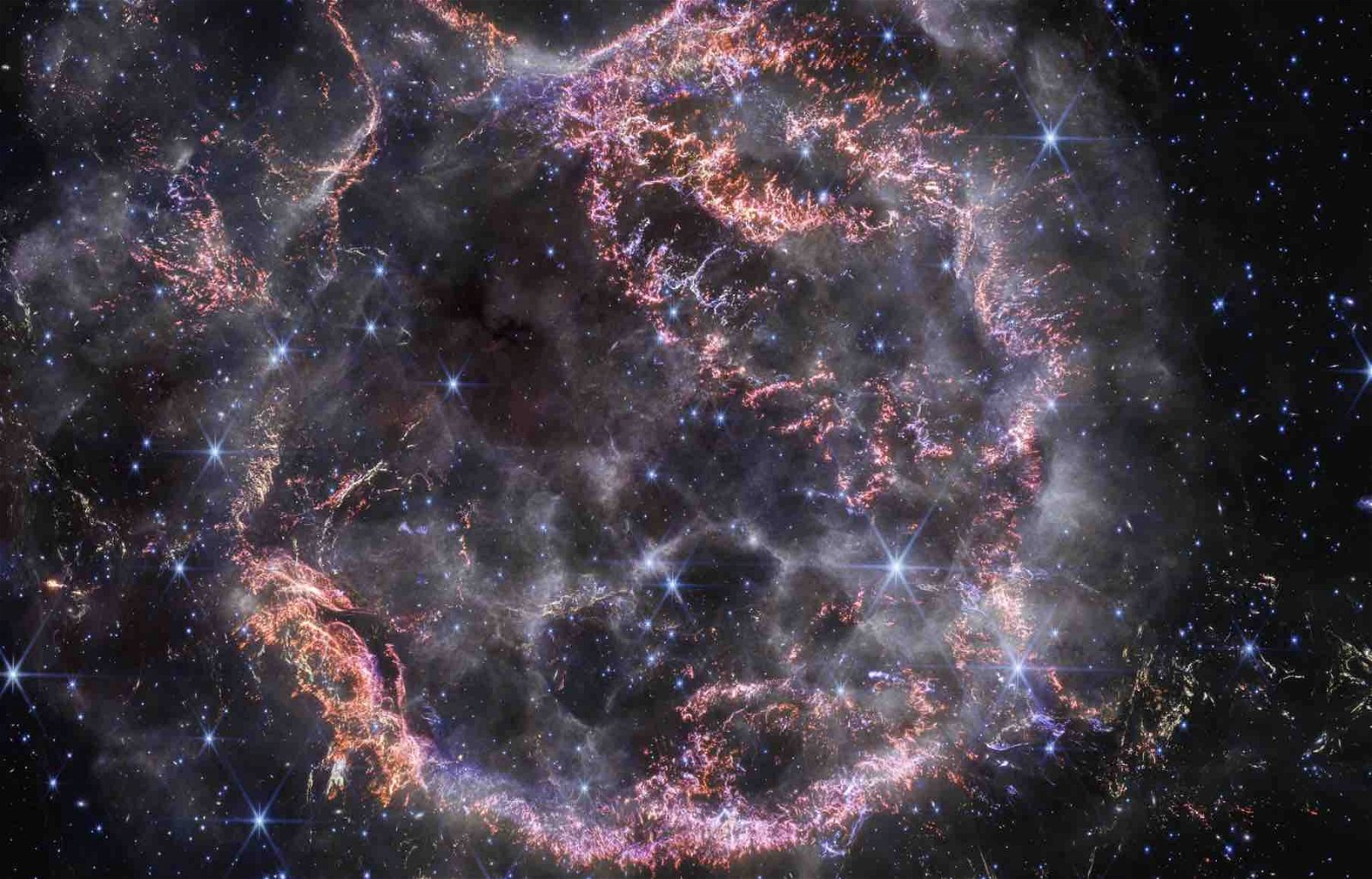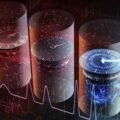Since its launch last year, NASA’s James Webb Space Telescope has repeatedly proven itself to be an incredible asset in the search for answers to many of the lingering questions about our universe.
Having offered some of the most stunning imagery of the distant universe ever collected, NASA has said the telescope “has delivered on its promise of revealing the universe like never before in its first year of science operations.”
Looking back on a year of groundbreaking discoveries and breathtaking imagery Webb has brought to the world, here are some of the key highlights brought to us by Webb in 2023 that have expanded our view of the cosmos.
James Webb Space Telescope Confirms Its First Exoplanet
In January, a team of researchers led by Kevin Stevenson and Jacob Lustig-Yaeger confirmed the discovery of an exoplanet with help from the James Webb Space Telescope. Formally named LHS 475 b, the discovery was made following a careful review of a series of targets of interest from NASA’s Transiting Exoplanet Survey Satellite (TESS).
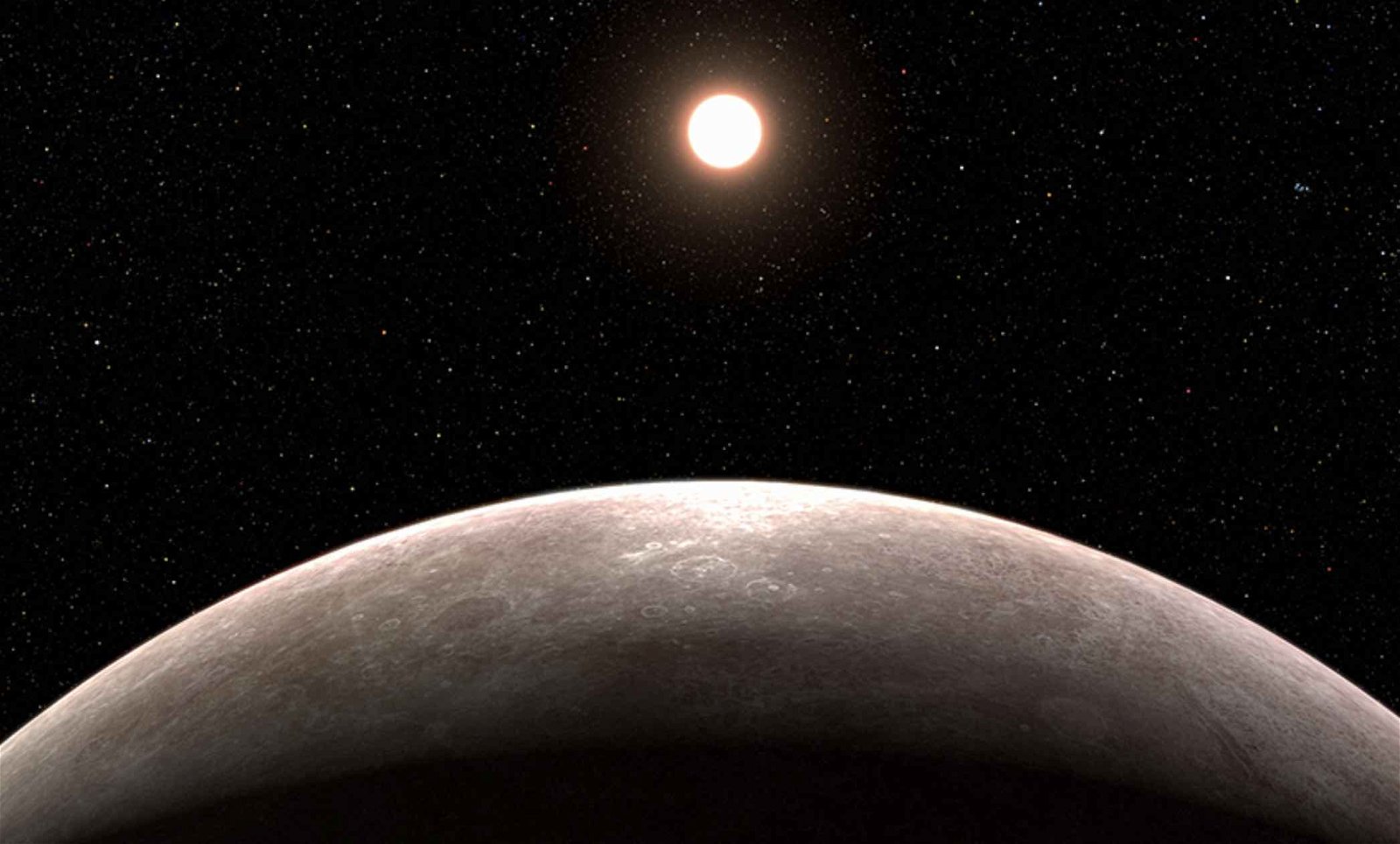

The telescope’s powerful Near-Infrared Spectrograph (NIRSpec) succeeded in obtaining imagery of the exoplanet throughout just two of its transit observations.
“There is no question that the planet is there,” said Lustig-Yaeger. “The fact that it is also a small, rocky planet is impressive for the observatory.” Mark Clampin, Astrophysics Division director at NASA Headquarters in Washington, added that the detection of “an Earth-size, rocky planet open the door to many future possibilities for studying rocky planet atmospheres with Webb.”
Webb Gets Gritty with View of a Remote Cloudy Planet
In March, NASA unveiled new features about the atmosphere of a distant planet 40 light-years away from Earth, which included the swirling sandstorms in its scorching atmosphere.
The planet, designated VHS 1256 b, is located within a relatively young triple brown dwarf system approximately 40 light years away, orbiting a pair of stars over 10,000 years, which are roughly four times farther from it than the distance between the Sun and Pluto.


The James Webb Space Telescope was able to reveal the presence of silicate clouds blanketing the alien world, along with its rising and mixing atmosphere, which confirmed that silicate dust grains of varying sizes are present within the clouds encircling VHS 1256 b, resulting in scorching hot sandstorms that blanket the alien world.
Webb Finds Water, and Much More While Observing an Asteroid
In May, Webb’s NIRSpec (Near-Infrared Spectrograph) instrument helped astronomers make the first detection of water vapor in the vicinity of a comet in the main asteroid belt, confirming that water ice from the early solar system can be preserved there.
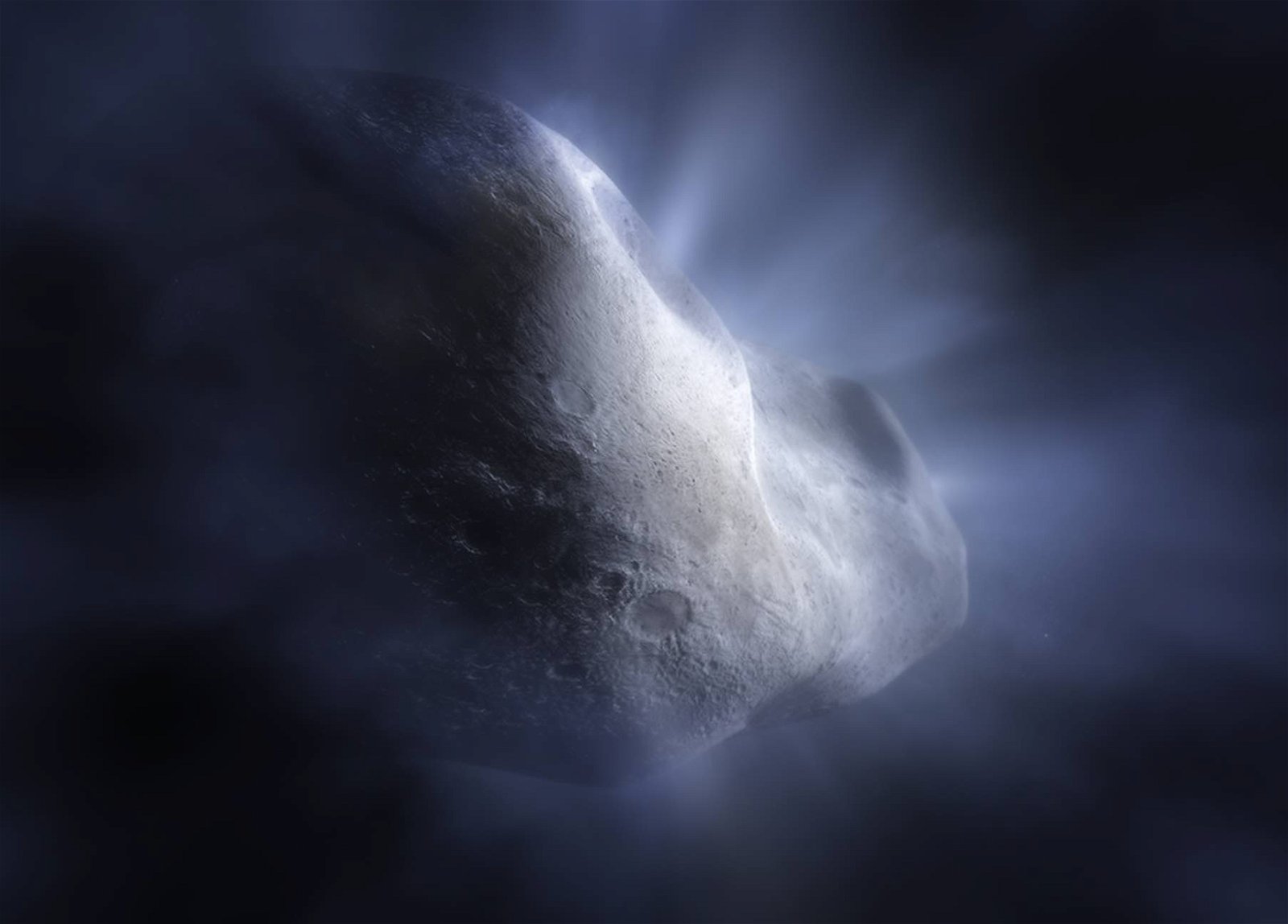

Curiously, the detection of water vapor was made in the absence of any sign of carbon dioxide, presenting new questions for astronomers involved with the discovery.
Stefanie Milam, Webb’s deputy project scientist for planetary science and the co-author of a study on the discovery, said her team’s observations help to unravel “the history of water distribution in the solar system,” adding that it “will help us to understand other planetary systems, and if they could be on their way to hosting an Earth-like planet.”
Webb Spots Eerie Rings Surrounding a Star
Astronomers attempting to study the first asteroid belt ever seen beyond our solar system using Webb’s Mid-Infrared Instrument (MIRI) discovered far more than they went looking for this year, which included a series of glowing discs encircling the star Fomalhaut.
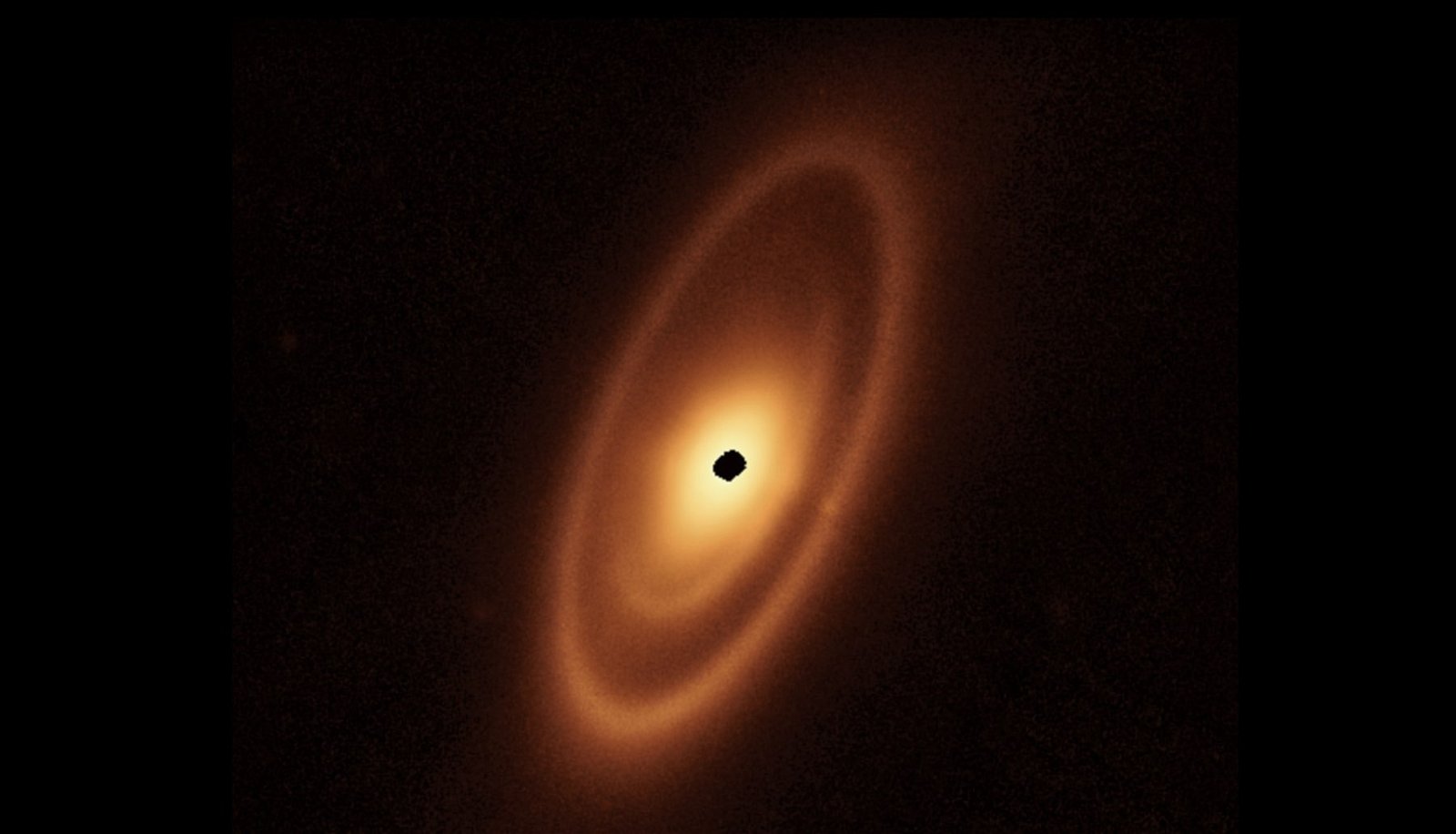

According to NASA’s Jet Propulsion Lab (JPL), a trio of nested belts was detected around the star, sprawling as much as 14 billion miles outward into the surrounding space.
The brightest star visible in the “Southern Fish” constellation Piscis Austrinis, Fomalhaut is a relatively young class A star located around 25 light-years from Earth’s Sun.
Webb Celebrates Its Anniversary by Peering into the Ophiuchi Cloud Complex
In celebration of the anniversary of its launch in 2022, in July NASA released images obtained by the telescope featuring a nursery for star formation, located in an area of interstellar clouds consisting of different nebulae within the Ophiuchus constellation some 390 light years from Earth, known as the Rho Ophiuchi cloud complex.
Released on July 12, the image represented more than just a snapshot of the nearest region to Earth where stellar formation occurs; at less than 400 light years away, there are no stars in the foreground obstructing Webb’s view of Pho Ophiuchi, meaning that the imagery provides some of the greatest clarity and depth of any infrared view of the cosmos any human-made telescope has ever obtained of the distant universe.
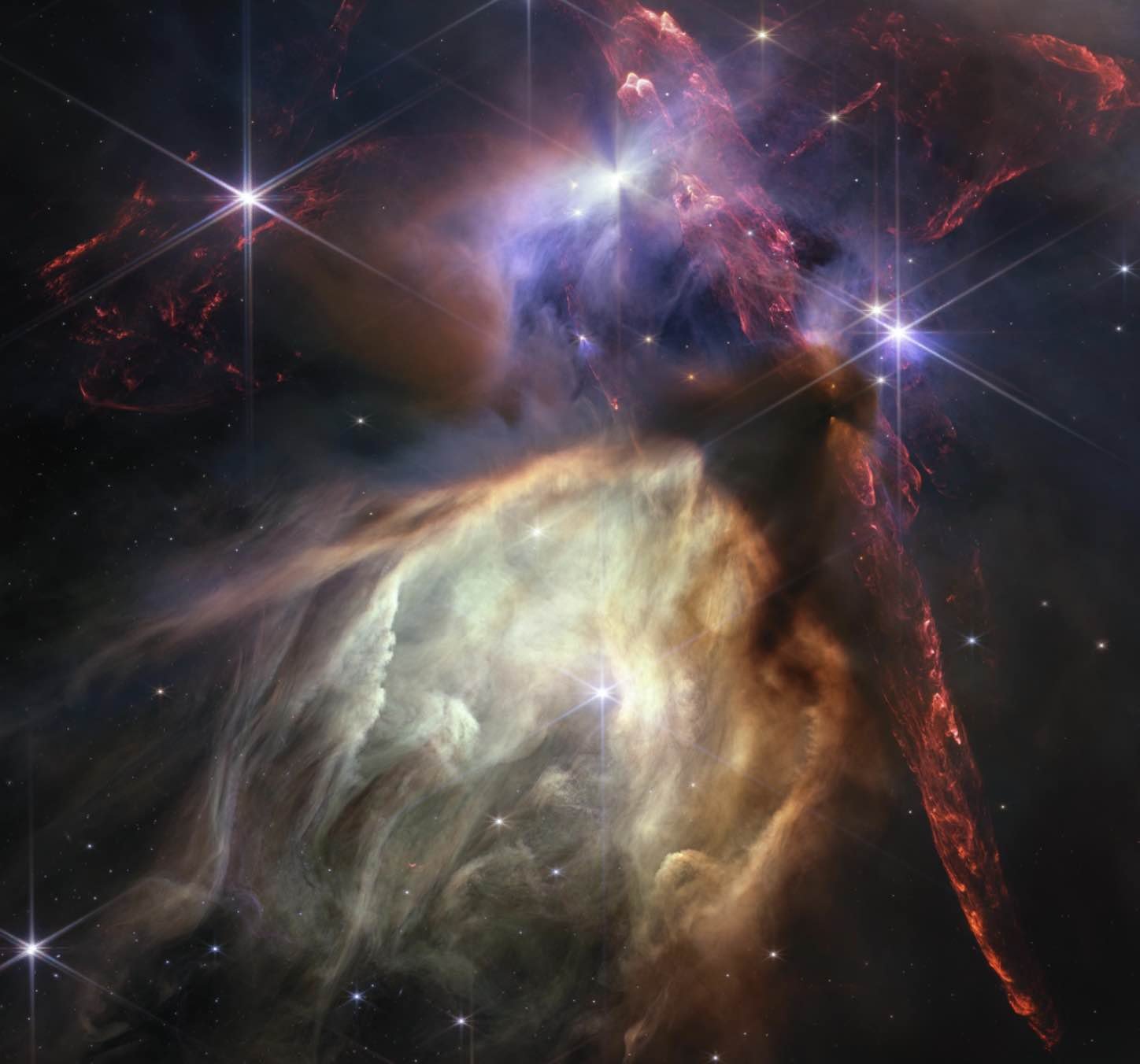

The imagery prompted Nicola Fox, associate administrator of NASA’s Science Mission Directorate, to call them “a breathtaking treasure trove of images and science that will last for decades,” adding that Webb’s sharp eye has “given us a more intricate understanding of galaxies, stars, and the atmospheres of planets outside of our solar system than ever before, laying the groundwork for NASA to lead the world in a new era of scientific discovery and the search for habitable worlds.”
James Webb Space Telescope Offers a New Look at an Iconic Supernova
In August, Webb’s NIRCam managed to obtain new imagery of the Large Magellanic Cloud, providing astronomers with potentially crucial information not only about this iconic celestial object, but also about the development of supernovae.
Officially designated SN 1987A, this supernova within the Large Magellanic Cloud has long appealed to astronomers since its discovery in 1987, presenting an ideal target for viewing at gamma-ray and radio wavelengths.
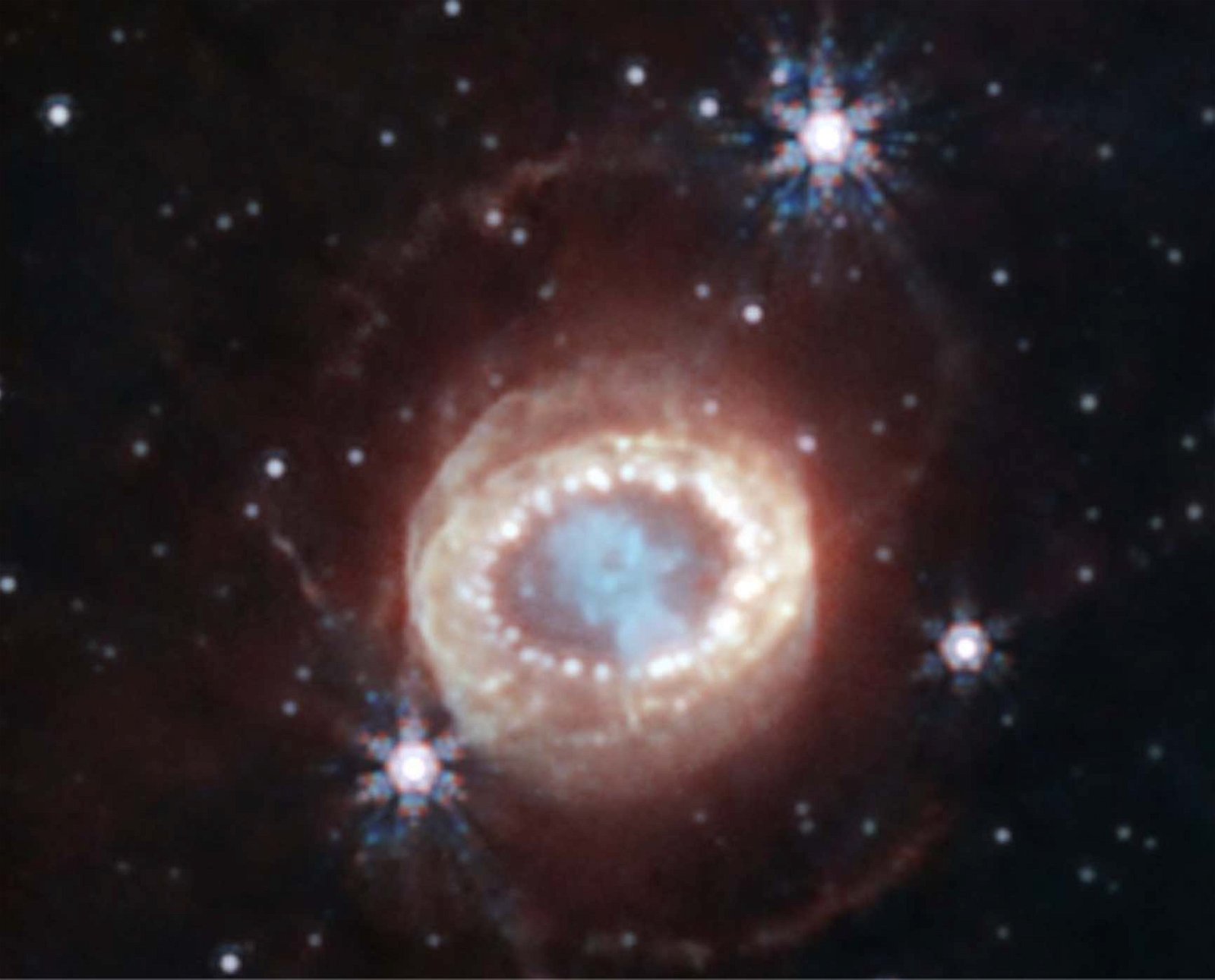

In the imagery obtained earlier this year, a central structure resembling a keyhole was detected within the heart of the supernovae. “This center is packed with clumpy gas and dust ejected by the supernova explosion,” read a NASA statement, which added that the dust within it is “so dense that even near-infrared light that Webb detects can’t penetrate it.” Of course, that didn’t prevent Webb from obtaining some of the most striking imagery ever obtained of the object.
Mysterious Brightness at the Cosmic Dawn is Finally Solved
New simulations produced by a Northwestern University-led team of astrophysicists in October helped to solve the riddle of why galaxies appeared too bright in the James Webb Space Telescope’s (JWST) initial images of the universe’s earliest galaxies.
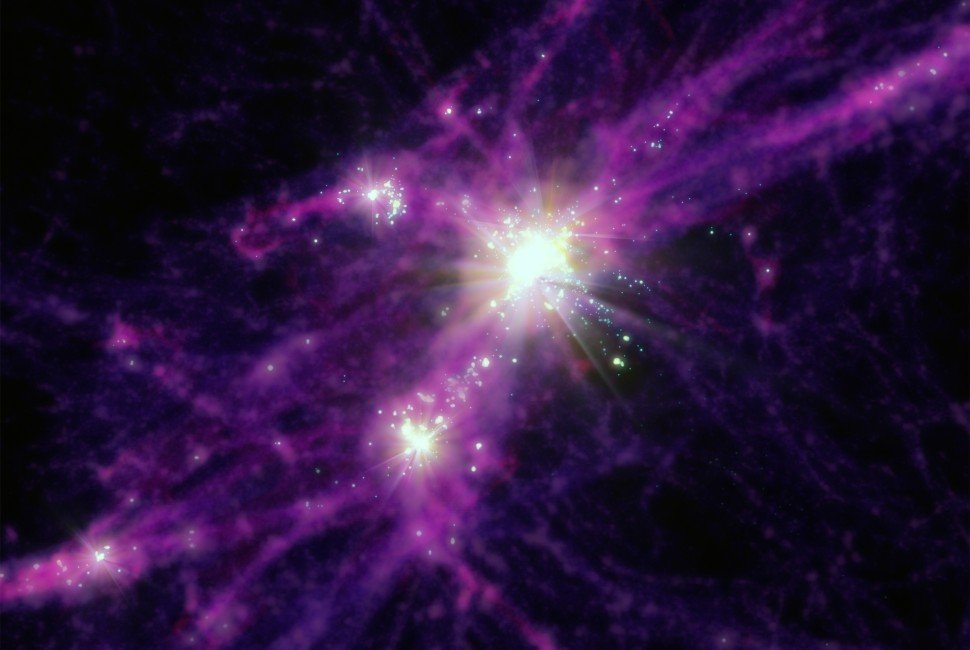

The Northwestern team found that the galaxies weren’t as massive as the imagery seemed to convey, and that even galaxies possessing less mass can glow as brightly as more massive ones, due to the presence of brilliant bursts created with the birth of new stars, in findings that align with the standard model of cosmology.
Webb Exoplanet Discovery May “Reshape Our Understanding” of Planetary Evolution
In November, astronomers reported that the James Webb Space Telescope (JWST) succeeded in detecting water vapor, sand clouds, and sulfur dioxide in the atmosphere of the exoplanet WASP-107b.
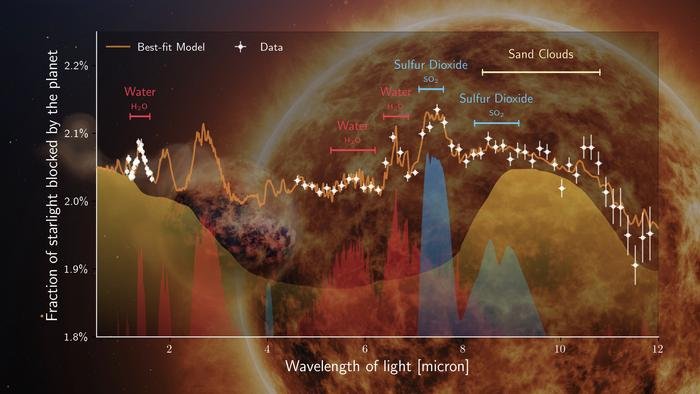

(Image: Michiel Min / European MIRI EXO GTO team / ESA / NASA; Klaas Verpoest (LUCA School of Arts, Belgium)
The discovery, led by a team of European astronomers from Belgium’s KU Leuven University, revealed the presence of water vapor, sulfur dioxide, and silicate sand clouds while notably lacking methane, a common greenhouse gas, around the exoplanet.
James Webb Space Telescope Unveils Uranus in Ways Never Before Seen
In December, NASA released stunning new enhanced imagery of the ice giant Uranus, in a series of updated images captured by its premiere space observatory earlier this year.
The seventh planet from the Sun in our solar system, Uranus possesses a striking bluish green color, caused by its atmosphere composed primarily of helium and hydrogen, which the new imagery captured by the James Webb Space Telescope showcases in remarkable clarity, along with several of the planet’s twenty-seven known satellites.
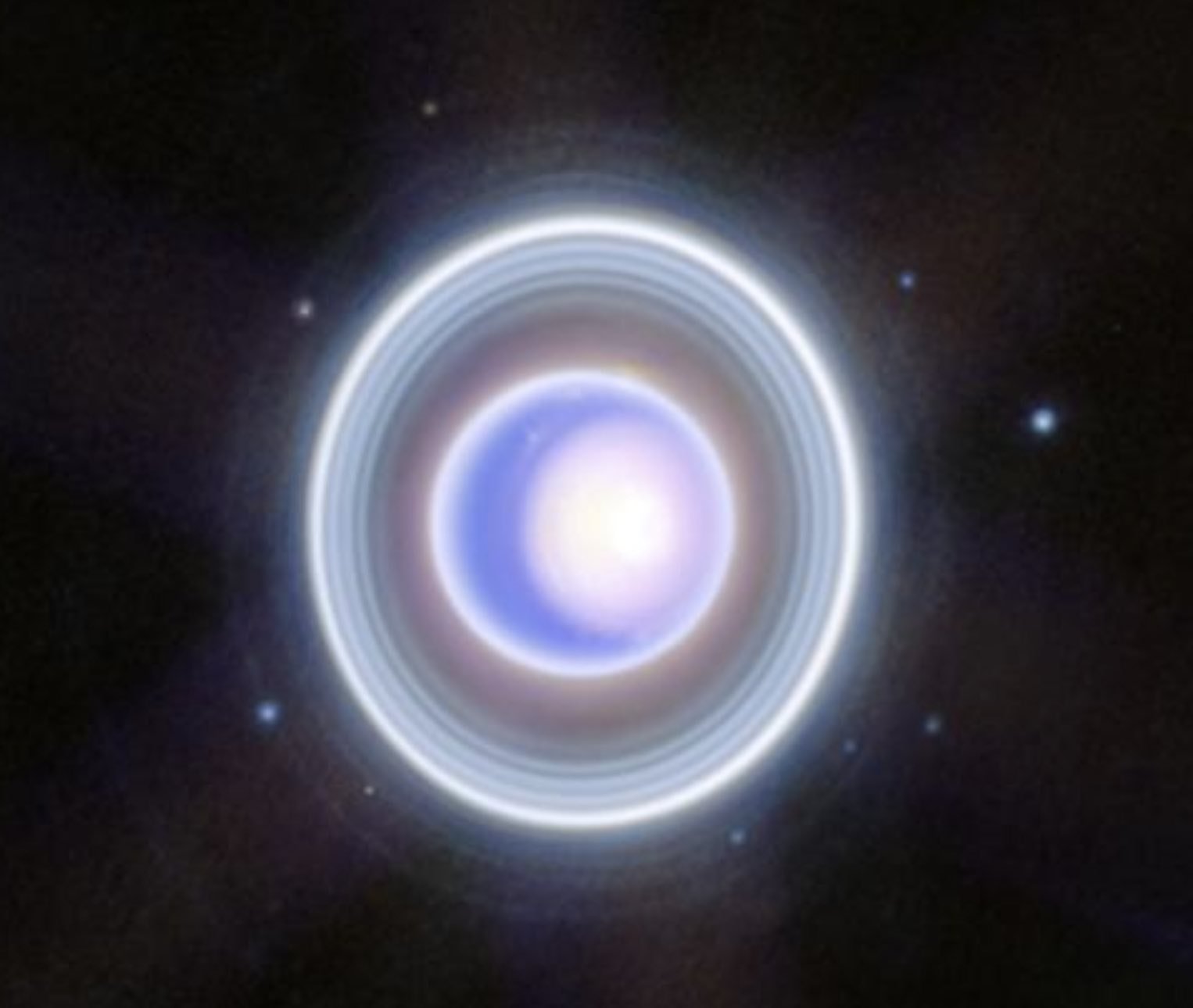

The new image was based on enhancements of a two-color version of the same view of Uranus released earlier in 2023, which employs additional wavelength coverage that allows more details to be revealed in the latest versions.
With the many incredible discoveries Webb has made throughout 2023, the future is looking bright for NASA’s premier space observatory, and we can certainly expect more remarkable views of the cosmos from Webb as we head into 2024.
Micah Hanks is the Editor-in-Chief and Co-Founder of The Debrief. He can be reached by email at micah@thedebrief.org. Follow his work at micahhanks.com and on X: @MicahHanks.
